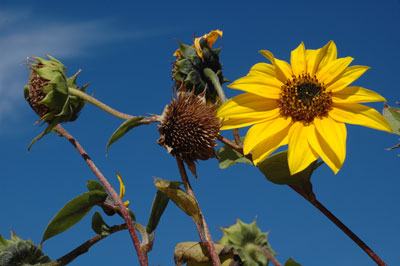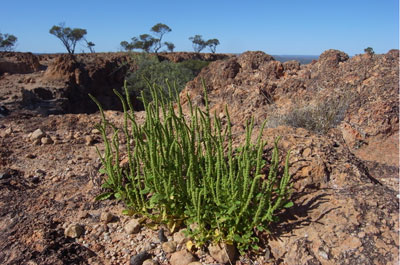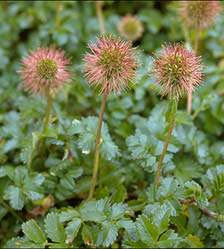Photographing Australian Plants
Composing a photo — some thoughts for flower photography
There are no 'right' or 'wrong' methods for composing a flower photo, it largely depends on the purpose for taking the photo.
The Australian Plant Image Index, in the main, has concentrated on building up a collection of photos that will help people in their identification of plants.
The photos have been used extensively for the Flora of Australia and the Atlas of Living Australia.
It has not concentrated on 'art photography' but rather the scientific documentation of correctly identified plants.
Usually it takes at least two photos to capture the 'essence' of a particular plant: a photo of the plant as a whole, and the details of the flower.
We have endeavoured to show this in our Growing Native Plants web articles, like the two photos for Boronia subulifolia below.
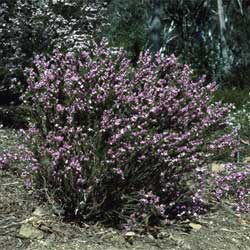 |
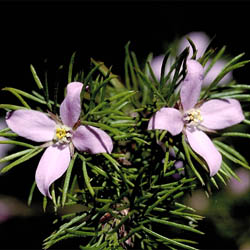 |
If you are taking a cluster of flowers, how many can you get in focus ?
Getting one single flower in focus should be easy with modern cameras, SLR cameras have markers to show what the camera is focusing on.
Getting two flowers in sharp focus requires moving the camera (or plant) until two flowers are equal distances from the front of the lens (above).
However there is usually a spot to position the camera where three flowers are in sharp focus, each the same distance from the front of the lens.
 |
3 flowers Often getting three flowers in focus enables you to show a 'full-frontal' and 'profile' of the flower to add more information. |
2 flowers + 1 fruit Daviesia major In this case, instead of getting 3 flowers in focus, we have 2 flowers and one fruit. In some plant groups the fruit is an important diagnostic feature. Getting both flowers and fruit in focus on the same photo is often very useful. |
Aiming high, or low
You can give an impression of whether your plant is tall or not by photographing tall flowers against the blue sky:
|
Many banksias are small shrubs, but when you look at the photo at the left, taken upwards against the sky, you immediately have the impression that this banksia is a sizable shrub or tree. |
Taking photos of plants from unusual angles can add to the interest of the photo, and convey more information about the habitat.
![An Australian Government Initiative [logo]](/images/austgovt_brown_90px.gif)





